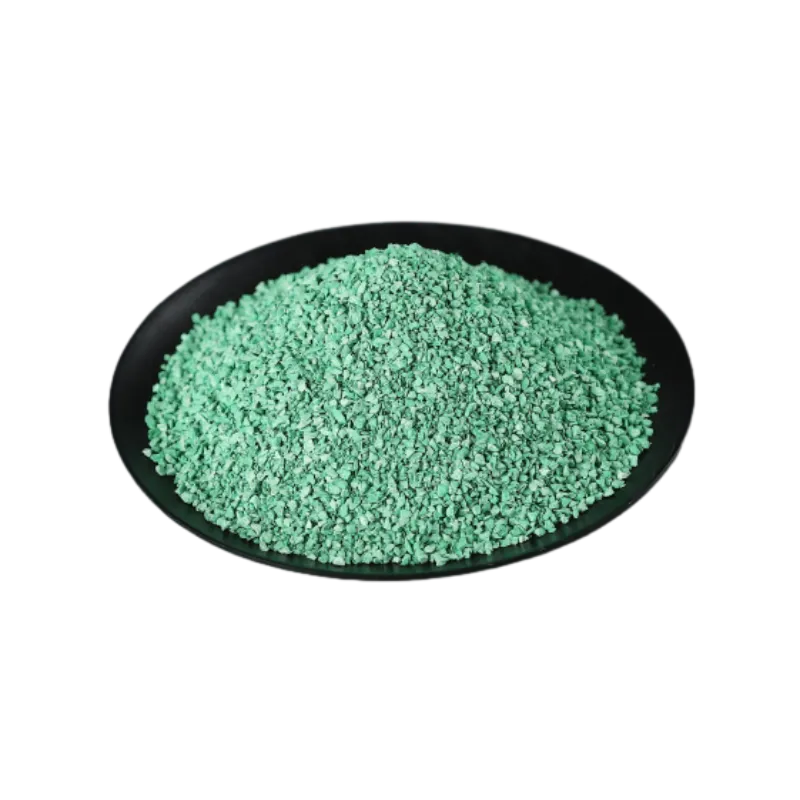
Sep . 01, 2024 19:50 Back to list
Traditional Clay Tiles - Timeless Beauty and Durability for Your Home
The Art of Traditional Clay Tiles
Traditional clay tiles have long been a cornerstone of architectural design, reflecting the rich heritage and craftsmanship of various cultures around the world. Made from natural clay, these tiles have been used for centuries not only for their practicality but also for their aesthetic appeal, adding a warm and rustic charm to buildings. This article explores the history, production, significance, and contemporary relevance of traditional clay tiles.
The use of clay tiles can be traced back to ancient civilizations, with evidence found in archaeological sites across the globe. From the magnificent temples of Mesopotamia to the intricate roofs of Chinese pagodas, clay tiles have served as a durable roofing solution, capable of withstanding harsh weather conditions. Their longevity is attributed to the firing process, which transforms soft clay into a hardened, weather-resistant material. This natural durability makes clay tiles an ideal choice for regions with extreme climates.
The process of making traditional clay tiles is an art form in itself. It begins with sourcing high-quality clay, which is then molded into the desired shape. Artisans often use hand-crafted techniques, allowing for unique variations in texture and color. Once shaped, the tiles undergo a process of drying and firing in kilns at high temperatures, enhancing their strength and beauty. The result is a product that not only serves a functional purpose but also embodies the creativity and skill of the craftsmen who made it.
traditional clay tiles

One of the most striking features of traditional clay tiles is their wide range of colors and designs. Depending on the region and cultural influences, tiles may exhibit intricate patterns, vibrant glazes, or earthy tones that harmonize with the landscape. For instance, Spanish terra cotta tiles showcase their characteristic red hues, while Moroccan zellige tiles display an array of geometric patterns in shades of blue, green, and yellow. These diverse styles allow for personalization and creativity in architectural design, enabling builders to express cultural narratives through their structures.
In addition to their aesthetic value, traditional clay tiles carry significant cultural and historical importance. In many societies, these tiles are not merely building materials; they are symbols of heritage and tradition. For example, in Mediterranean regions, tiled roofs have become iconic features, evoking a sense of place and identity. Various cultural practices surrounding tile making and laying techniques have been passed down through generations, preserving the rich stories and connections to the land.
Today, as sustainability becomes increasingly important in construction, traditional clay tiles are experiencing a resurgence in popularity. Their eco-friendly properties, due to being made from natural materials and having a low carbon footprint, make them an attractive option for modern building projects. Additionally, many architects and designers are incorporating these timeless tiles into contemporary spaces, blending the old with the new to create designs that honor tradition while embracing innovation.
In conclusion, traditional clay tiles are a testament to the ingenuity of human creativity and craftsmanship. Their enduring beauty and cultural significance make them a unique element of architectural design. As society moves towards sustainable practices, these tiles stand as a bridge connecting the past with the present, proving that time-honored techniques can continue to inspire and enhance our built environment. Whether used for roofing, flooring, or decorative purposes, traditional clay tiles remain an essential and cherished aspect of global architecture.
-
Premium Cooling Shingle Granules for Roof Protection
NewsAug.12,2025
-
Spain Tile Stone Coated Metal Roofing: Durable & Elegant
NewsAug.11,2025
-
Roofing Granules for Sale | Restore Shingles, Boost Cooling
NewsAug.10,2025
-
Durable Milan Stone Coated Metal Roof Tile | Elegant Roofing Solution
NewsAug.09,2025
-
Mosaic Shingles: Style, Durability & Shingle Comparisons
NewsAug.08,2025
-
Explore Types of Roof Shingles: Durable Asphalt & More!
NewsAug.07,2025







